Businesses small and large are facing the same challenges: How do you cut IT operating costs and utilize new Cloud technology to speed business growth and progress. This technology strategy can be approached in incremental stages, however, you are going to want and need a roadmap to help achieve this goal. In addition, without a solid business case and ability to prove that case underlying your moves as CIO or Director, you will be left fighting for everything you are trying to achieve, but without proper material to make your case.
 These challenges are evident across many business departments and functions. Take for example, ERP. Smaller businesses are more nimble in this respect having utilized many systems and COTS applications, such as MYOB and QuickBooks, together to achieve the functions they need. Larger businesses are caught with large Oracle and SAP implementations intertwined amongst many business units. There are strategies to migrate to solutions such as Open ERP and NetSuite in both scenarios.
These challenges are evident across many business departments and functions. Take for example, ERP. Smaller businesses are more nimble in this respect having utilized many systems and COTS applications, such as MYOB and QuickBooks, together to achieve the functions they need. Larger businesses are caught with large Oracle and SAP implementations intertwined amongst many business units. There are strategies to migrate to solutions such as Open ERP and NetSuite in both scenarios.
Some of the main considerations in an ERP migration are:
• Mapping business processes to the new service provider
• Configuration for Products and Services
• Training and Business Process Optimization
• Map the business value and cost savings
Outside of ERP, businesses are facing challenges migrating custom applications and other on-premise solutions to cloud environments such as AWS. Chances are, if you are migrating custom business applications on to AWS, your application can be easily migrated. However, the caveat is that you application will not be positioned to take advantage of AWS cloud services that allow for ease of monitoring and scalability (auto-scale) via AWS built in services.
For On Premise migrations to cloud hosting consider:
• Identify your mission critical application
• Roadmap migration vs. re-architecture
• Perform a Cost Benefit Analysis of migration vs. deprecation
• Remember the benefits of cloud scale and cost savings is worth it from a business bottom line
Whatever the scenario, Excelym can help. We have the expertise, the experience, and the support to help.
Our process is simple and is tried and true:
1. Assess – Identify the current state. Identity the business drivers and priority. Map the processes
2. Define the future – What does success look like. What are the strategies driving the business
3. Roadmap – Identify the immediate wins, medium term efforts, long term tech strategy aligned to business strategy. Define a map to address the gaps in the current and future state
4. Implement – Delivery execution is paramount. Even the best strategies can fail in execution. We are experts in delivering
